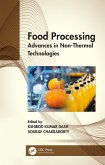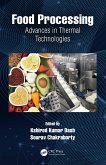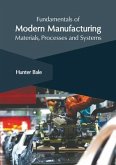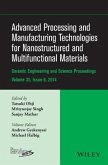Food packaging is the process that involves enclosing food in such a way that it does not get damaged, contaminated, spoiled, attacked by pests, or tampered during transport, storage and retail sale. The package contains nutritional facts label and other information such as the amount of the contents, ingredients and shelf life. There are various materials used for food packaging such as aseptic packages, plastic trays, bags, bottles, boxes, cartons, pallets, and wrappers. Apart from these, atmosphere packaging, bags-in-boxes, and wine box packaging are three specialized techniques of packaging. Vacuum packaging or inert atmosphere packaging is a common method in which foods are packaged at reduced pressure or by the use of an inert gas such as nitrogen. Bags-in-boxes is another type of packaging technique that is used for packing soft drink syrups, other liquid products, and meat products. To ensure sustainability and avoid the use of plastic, the food packaging industry is shifting its focus to manufacture of antimicrobial active, biodegradable, edible, and biopolymer film packaging. This book discusses the advanced materials, technologies and innovations related to food packaging. It is appropriate for students seeking detailed information in this area as well as for experts.








